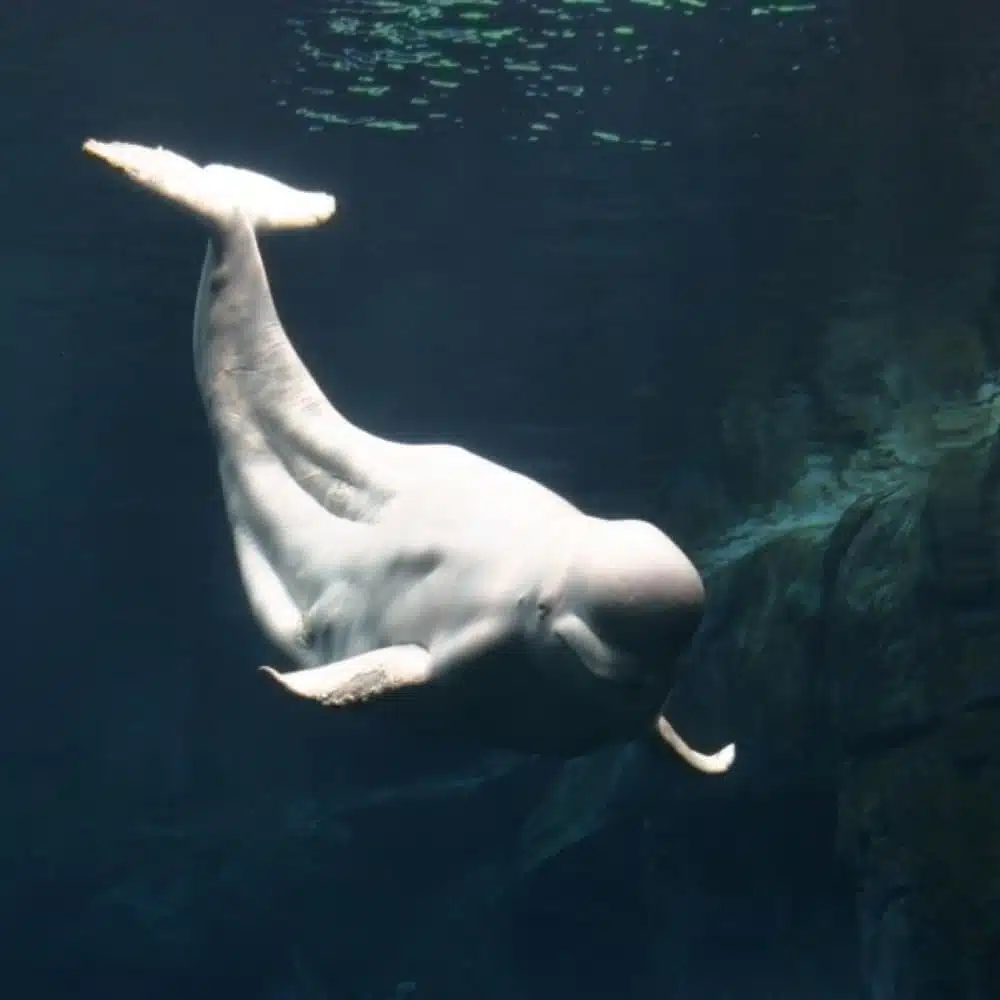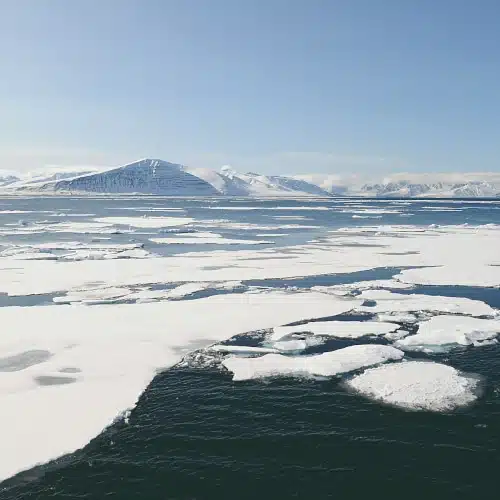…Jean-Pierre Sylvestre, naturalist guide and a marine mammal specialist
As a nature Guide, Jean-Pierre Sylvestre has studied marine mammals for 40 years. This is a passion that he passes on to passengers on each cruise, when the cetaceans make their surprise appearance.
How would you describe the Canadian Arctic?
For me, the most incredible region of the Canadian Arctic is Nunavut, with the Northwest Passage, canyons with very high, steep mountains. It is extremely beautiful. You can also see rocky deserts and very flat expanses covered with tundra in the west of Canada. It is important to note that in the summer, there is no snow, it is very rocky. Some passengers expect to find immaculate snowy expanses like in the Alps in the middle of winter. This is not the case. On the other hand, there is of course ice and glaciers.
What wildlife can you see in Arctic Canada?
There are a lot of walruses and polar bears, also cetaceans including bowhead whales. All provide an emotional experience and wonderful surprise when you come across them during a cruise. In this region where they have not been hunted very much by man, they are not afraid and sometimes approach the boats.

When is the best time to see marine animals? Where should you go?
The bowhead whales, narwhals and belugas move depending on the ice. In the winter when there is a lot of ice, they go down to southern Greenland. In the summer, the ice melts, allowing them to go back up to the Canadian Arctic. Some populations are concentrated in very specific places, such as Isabella Bay or the Franklin Strait where you can see many bowhead whales.
They are attracted by the food. They swallow an impressive amount (two or three tonnes per day) of copepods, miniscule crustaceans that live in swarms.

In Canada, the Inuits continue to hunt whales, is this out of basic need or due to tradition?
They hunt for food. It’s important to understand that in these isolated regions, the price of food imports is very inflated. Consequently, the Inuits have always been opportunistic, and they eat what they find in their region. This includes whales. It is actually also a staple of their diet, representing at least 30% of what they eat. There are quotas in place, as in other countries where they still hunt in this way. But contrary to Japan, for example, the Inuits really need it to live on.
How are marine mammal populations supported today?
The bowhead whale is a species that has been overhunted by westerners and was close to extinction. Today, they are protected and the population is becoming more stable. 3,000 individuals have been counted in the Canadian Arctic and Greenland. With regard to narwhals, it is estimated that 80,000 individuals live in the Arctic waters, 70,000 of them in Canada.
Photos credits : © Studio PONANT ; © Istock

The Far North awaits
Set off on a journey to discover magnificent landscapes and wildernesses.



